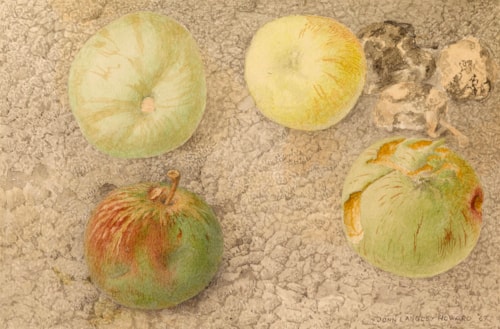
John Langley HOWARD
Montclair 1902 - San Francisco 1999
Biography
Born into a family of artists and architects, John Langley Howard was raised in California and studied at the California Guild of Arts and Crafts in Oakland before completing his training at the Art Students League in New York in 1924. He worked mainly in tempera, watercolour and oil, and also took up etching. Howard held his first one-man exhibition at the Modern Gallery in San Francisco in 1927, and the following year shared a joint exhibition with his older brothers Charles and Robert; in a review of the show one critic noted that, of the three Howard brothers, ‘John Langley is the poet, the mystic and the most complex...there predominates in his work a certain quality, an element of sentiment that escapes definition but is the unmistakable trait by which one recognizes deeper art.’
With the onset of the Depression Howard began to engage in political discourse and incorporate Marxist themes in his work, which often emphasized the plight of the working classes. This was perhaps most explicit in a commission he received in 1934 for a mural to decorate part the interior of the Coit Tower on Telegraph Hill in San Francisco. The frescoes were intended as a celebration of California’s achievements in industry and agriculture, and the artist’s decision to devote his mural to the depiction of a group of unemployed workers, combined with the subjects chosen by some of the other equally politicized artists working on the same project, led to considerable controversy.
After the outbreak of World War II, however, Howard’s work began to move away from social commentary and towards a renewed focus on landscapes, devoid of human figures, as well as still life and natural history subjects. Between 1953 and 1965 he worked as an illustrator for Scientific American magazine, creating many covers that emphasized the delicacy and beauty of objects found in the natural world. He lived for some time in Mexico, Greece and London before settling in California for good in 1970.
‘I think of painting as poetry and I think of myself as a representational poet. I want to describe my subject minutely, but I also want to describe my emotional response to it...what I’m doing is making a self-portrait in a peculiar kind of way.’ (John Langley Howard)


